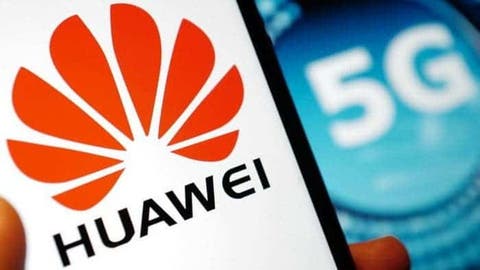The US Department of Commerce (USDoC) Secretary, Wilbur Ross, has stated recently that the new US regulations to block Huawei have no loopholes. According to the U.S., there are beliefs that this new legislation is too complex and unclear. In addition, it may contain many loopholes that Huawei may use to bypass the new sanctions. However, the USDoC Secretary, Wilbur Ross, said that there were no loopholes. According to him, the Department does not see any loopholes in this regulation. He reiterated that it will strictly implement this regulation and pursue any attempt to violate this regulation.
Last year, the USDoC included Huawei and its 114 foreign affiliates in the list of entities. Its inclusion prohibits American companies from doing business with Huawei. This year, the United States stiffened the sanctions. In the new laws, any company using US technology for Huawei must seek the department’s approval.
The main target of this new ban is TSMC. Huawei outsources the build of its Kirin chips to TSMC, a Taiwanese foundry. However, TSMC uses a lot of American technology in the build process. This new ban ensures that the Chinese company does not get new Kirin chips, at least not from TSMC.
The U.S. Department of Commerce pointed out that in May 2019, the United States included Huawei and its 114 overseas affiliates on the “Entity List “, but the Chinese manufacturer continued to use U.S. technology and software to design semiconductor chips and handed over to overseas agents using U.S. equipment. He says that the factory’s production seriously threatens US national security and overseas policies.
The U.S says that Huawei is not a responsible company
US Commerce Secretary Wilbur Ross said: “Although the United States updated its (the Huawei included) ‘Entity List’ measures, Huawei and its overseas affiliates localization through a series of initiatives, weakened the national security restrictions. This is not what a responsible company is doing. We must revise the loopholes in the rules used by Huawei and HiSilicon to protect American technology from malicious exploitation and threaten US national security and overseas interests”.
Well, the fracas between the U.S. and Huaweii is taking a different dimension. After the initial ban, the Chinese smartphone manufacturer still sold a massive 240 million smartphones in 2019. Now, recent report shows that it has now toppled Samsung to become the largest smartphone manufacturer in the world. These are obviously not what the U.S. government expects after the ban.
